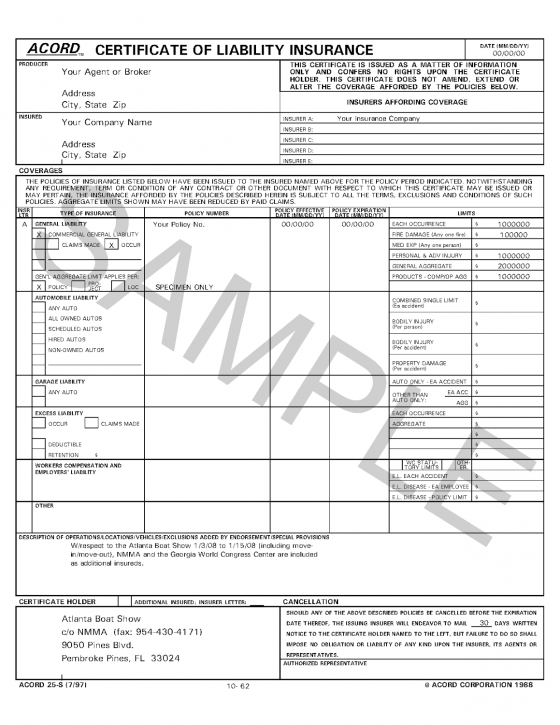
No matter what precautionary measures schools take, there are many risks and “fires” that need to be put out on a daily basis. To keep staff and students safe and to protect school assets, a proactive approach to mitigating risk in schools is a necessity. The keys to a successful risk management program include careful, strategic planning while taking all relevant and potential factors into consideration, but how can administrators get started?
By identifying potential risks and applying a process to assess them, schools can focus on their objectives more clearly, including top priorities like student and employee wellbeing. Effective risk management reduces the disruption of a student’s education, damage to a school’s reputation, lost time, stress from managing incidents, and the potential risk of legal intervention in an increasingly litigious world. School administrators can explore these strategies as they strive to enhance their risk management initiatives:
Focus on greatest risks and exposures
The concern about lawsuits is ever present, but schools cannot operate under the pretense that litigation is going to happen. They instead must conduct their business for the safety of students and staff. If schools operate under fear, their risk management efforts will simply not be as effective as planned.
Administrators must also consider relevancy. In the private sector, risk management has a large seat at the table, whereas in the public sector that is not always the case. Depending on priorities, some issues that play a vital role within the public sector may not be relevant in the private sector. Identifying the relevance of issues often determines where and how money is spent in a school district, however. District-wide funding can be one of the biggest issues administrators face.
Districts encounter daily challenges to come up with the right resources available to train staff—especially when it comes to implementing technology. Administrators must make tough decisions when considering funding realities and the need for as much risk management coverage as possible. They need to maintain a balance when money is at stake, as they are only able to make decisions based on the amount of funds available to them.
Focus on what effective training can offer a school faculty
Safety training for school and district staff should play a huge part in every risk management strategy, as well as ensuring the district is in compliance on a state and federal level. Safety training has a trickle-down effect, and if provided at the appropriate level of training, administrators will see a significant effect in reduction of accidents, damage to buildings and costs overall.
There is always work to be done when it comes to improving school safety and collaboration is a big part of a program’s success. Some of the issues schools now face are different than the concerns of decades past, so providing training and resources to staff can make a difference in helping them understand how to handle a number of situations that could arise.
Technology resources can help with this. Online databases, such as SafeSchools Online Staff Training System, for example, allow school districts to distribute quality training to all employees. This is an effective and way to track and share information on safety and compliance issues that could arise in the classroom or school. The digital database also serves as a proactive approach to training.
Having an online database enables staff to train in school or at home, and ensures that everyone has the necessary training to handle a situation before it occurs. In the end, by deploying an online safety training system, the district is saving money and time and will be more proactive in handling issues.
Focus on training early on—and take it seriously
First and foremost is tackling the issue of rallying everyone to take safety and compliance issues seriously. Risk management is not a job for one person. It starts with everyone in the school district, from administrators and the school board to principals, teachers, grounds staff and even students. Everyone needs to think of safety and practice mutual accountability within the school community.
Final Thoughts
Risk management may take a back seat when funding is low, giving the impression that it isn’t important. For the sake of their staff and students, however, district-level administrators need to be on board with risk management and make it a priority. In schools, educating students is the main concern, and risk management is secondary. But just like in a factory where posted signs read “safety first” or “safety is number one,” our goal is to get schools to think of safety and its importance to the school in the same way they think of education.



 While it’s not a great idea to allow your employees to use their personal vehicle for work, this practice is a business reality. You can reduce this loss exposure by ordering a copy of each potential driver’s motor vehicle record annually.
While it’s not a great idea to allow your employees to use their personal vehicle for work, this practice is a business reality. You can reduce this loss exposure by ordering a copy of each potential driver’s motor vehicle record annually. It takes one second to send a Tweet or Instagram post onto the internet for all to see. But for companies active on social media, the legal ramifications of those 140 characters or that one photo can last a whole lot longer.
It takes one second to send a Tweet or Instagram post onto the internet for all to see. But for companies active on social media, the legal ramifications of those 140 characters or that one photo can last a whole lot longer.